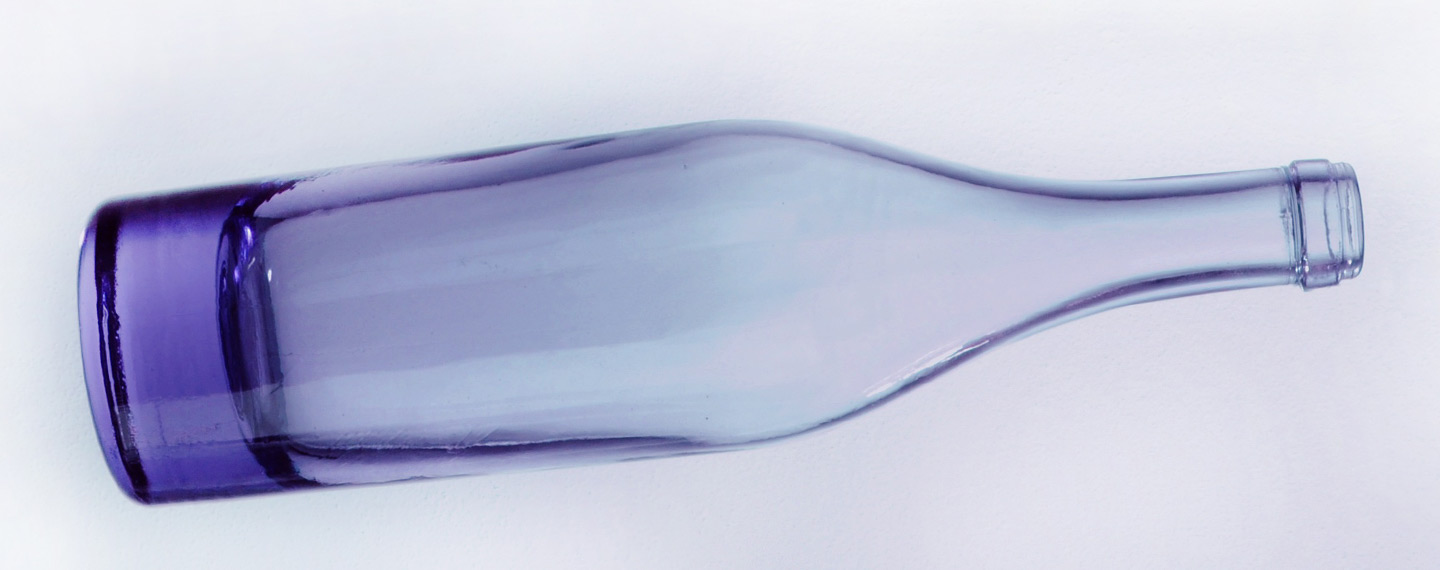Brain Imaging Helps Predict Start of Heavy Alcohol Use Among Adolescents
Brain Imaging Helps Predict Start of Heavy Alcohol Use Among Adolescents

Neuroimaging data can improve the performance of a model that aims to predict if a child will begin moderate to heavy drinking by the time he or she reaches age 18, according to a new study published in the American Journal of Psychiatry.
Adolescent drinking can lead to a variety of health risks for teens, including violence and risky sexual behavior, and has been linked to 5000 deaths each year in the U.S. These high stakes make it important to identify which children are most at risk for starting heavy alcohol use. Yet there are few studies that look at a wide variety of factors to determine an individual’s risk for adolescent alcohol abuse, the AJP researchers write.
To remedy this, the team, led by Lindsay M. Squeglia, Ph.D. of the Medical University of South Carolina used a sophisticated computer program to search through demographic, cognitive and neuroimaging data in search of factors that could help predict the onset of drinking during adolescence. 2000 Young Investigator grantee Martin P. Paulus, M.D. of the University of California, San Diego was also an author on the study.
The study included 137 adolescents aged 12 to 14, who were followed annually until age 18. By that age, 51 percent of the participants had begun moderate to heavy alcohol use, defined as having at least 3 drinks on at least 3 drinking occasions.
The model achieved 74 percent accuracy in predicting which adolescents would begin moderate to heavy alcohol use by age 18. Some of the factors that helped to predict the start of drinking included being male; having a higher than average socioeconomic status; having positive expectations for drinking; poor performance on tests measuring cognitive, attention and memory skills; and thinner brain cortical measurements and less brain activation in many areas of the brain, as measured by functional MRI tests.
By adding imaging data and neuropsychological data such as the cognition and attention tests, the researchers were able to improve the accuracy of their model beyond those that use only demographic or behavioral data. Dr. Squeglia and her colleagues suggest that similar models that draw from a wide range of factors could be useful to predict adolescent alcohol abuse in a clinical setting.



